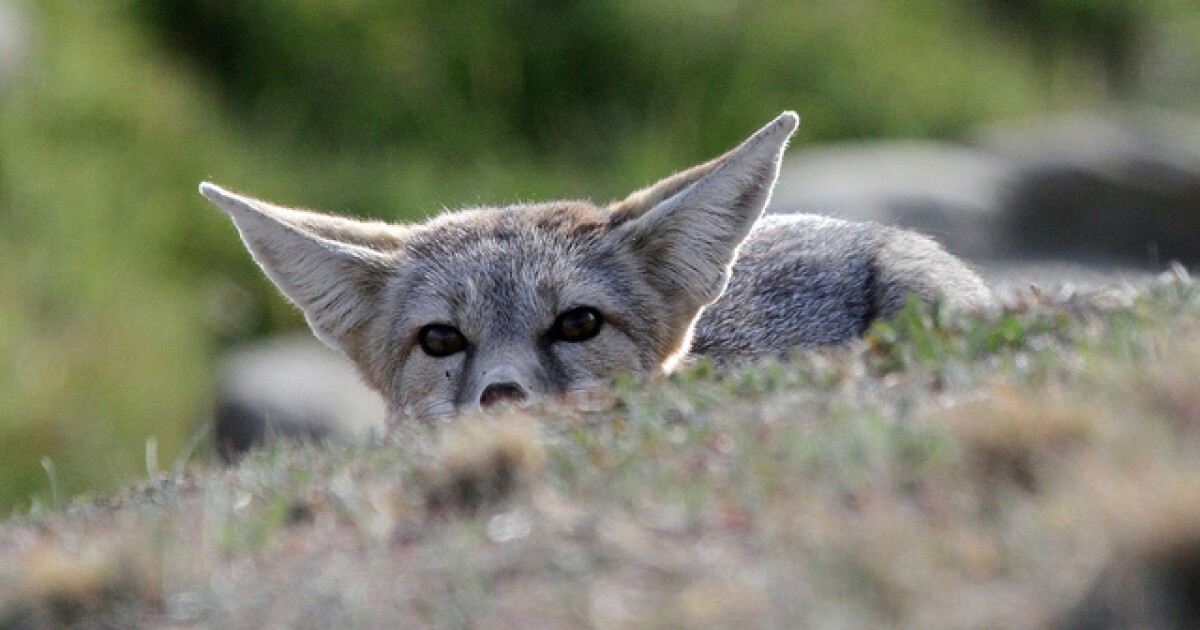What Is the Definition of Native Species?

Native species play a crucial role in maintaining the delicate balance of ecosystems around the world. But what exactly defines a native species? In the realm of biology and ecology, the term “native species” refers to organisms that naturally occur in a specific geographic area without any human intervention. These species have evolved and adapted to their environment over time, forming intricate relationships with other native species and shaping the biodiversity of their respective habitats. Understanding the definition of native species is essential for conservation efforts, as it helps scientists and policymakers identify and protect these vital components of our natural world.
1. Origin and Geographic Range
The first aspect to consider when defining native species is their origin and geographic range. Native species are those that have evolved and developed in a particular region without any human influence. They are part of the natural ecosystem and have adapted to the local climate, geography, and other environmental factors over time. These species have a historical presence in the area, often dating back thousands or even millions of years. Their distribution is limited to specific regions or habitats, and they are not found naturally in other parts of the world.
2. Coevolution and Adaptation
Coevolution is a key characteristic of native species. Over time, these organisms have developed intricate relationships with other native species in their ecosystem. This coevolutionary process involves reciprocal adaptations between interacting species, leading to mutual benefits or dependencies. Native species have evolved alongside other organisms, including plants, animals, and microorganisms, forming complex ecological networks. These relationships are finely tuned and contribute to the stability and functioning of the ecosystem. Native species have adapted to the local conditions, such as climate, soil types, and available resources, which further distinguishes them from non-native species.
3. Ecological Niche
Each native species occupies a unique ecological niche within its habitat. An ecological niche refers to the specific role and position a species plays in its ecosystem, including its interactions with other species and its utilization of resources. Native species have finely tuned adaptations that allow them to occupy specific niches, reducing competition with other organisms. They have developed specialized traits, behaviors, and physiological mechanisms to thrive in their native environment. This specialization is a result of long-term evolutionary processes and is crucial for maintaining the overall balance and functioning of the ecosystem.
4. Impact of Non-Native Species
Understanding the definition of native species also requires acknowledging the impact of non-native species. Non-native, or exotic, species are those that have been introduced to an area outside their natural range, either intentionally or unintentionally by human activities. These species can have detrimental effects on native ecosystems, often outcompeting native species for resources or disrupting established ecological relationships. Invasive non-native species, in particular, can cause significant ecological and economic damage. They may lack natural predators or competitors in their new environment, allowing them to rapidly multiply and displace native species. Recognizing the distinction between native and non-native species is crucial for managing and mitigating the negative impacts of invasive species on native biodiversity.
Conclusion:
In summary, native species are organisms that naturally occur in a specific geographic area without any human intervention. They have evolved and adapted to their environment over time, forming intricate relationships with other native species and occupying unique ecological niches. Understanding the definition of native species is vital for conservation efforts, as it allows scientists and policymakers to identify and protect these essential components of our natural world. By safeguarding native species, we can help preserve the delicate balance of ecosystems and ensure the long-term sustainability of our planet’s biodiversity.






